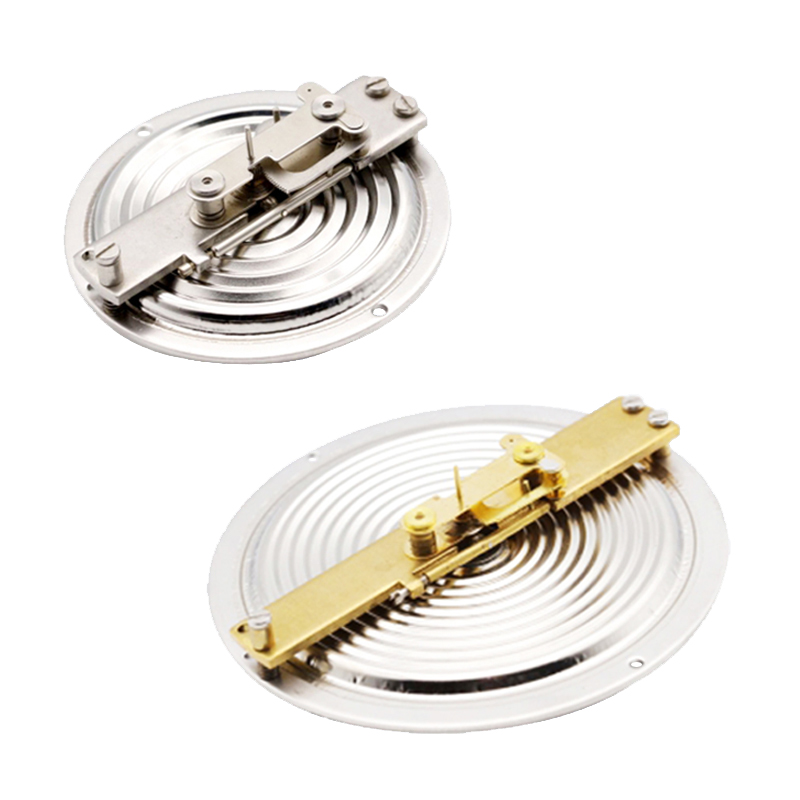
Set . 29, 2024 03:29 Back to list
Accurate Calibration Techniques for Differential Pressure Gauges in Various Applications
Calibrating Differential Pressure Gauges A Key to Accurate Measurements
In various industrial applications, the accurate measurement of pressure differences is crucial. Differential pressure gauges play a vital role in monitoring processes such as airflow in HVAC systems, liquid levels in tanks, and filter conditions in industrial processes. To ensure these instruments provide reliable readings, regular calibration is essential. This article will explore the significance of calibrating differential pressure gauges, the methods employed, and best practices to achieve optimal results.
Understanding Differential Pressure Gauges
Differential pressure gauges measure the difference in pressure between two points. They consist of a sensing element that responds to pressure changes and translates these variations into readable measurements. Common in various fields such as oil and gas, pharmaceuticals, and water treatment, these devices are essential for maintaining operational efficiency, avoiding equipment failure, and ensuring safety.
Importance of Calibration
Calibration is the process of comparing a gauge’s measurements against a known standard to ensure accuracy. For differential pressure gauges, calibration is particularly crucial because even minor discrepancies can lead to significant operational issues. An uncalibrated gauge may provide incorrect readings, resulting in inefficient operations, potential safety hazards, and increased costs. Regular calibration helps maintain precise measurements, ensuring processes remain within safe operating limits.
Calibration Methods
Several methods exist for calibrating differential pressure gauges, each appropriate for different situations. The two most common methods are
1. Deadweight Tester Method This traditional method involves applying known weights to generate a specific pressure. The gauge is then compared against the weights to check for accuracy. This method offers high precision and is suitable for laboratory settings.
2. Comparative Method In this method, a reference gauge with known accuracy is used to compare readings from the gauge being tested. The differential pressure gauge is subjected to pressure changes while the reference gauge measures the corresponding values. This method is generally quicker and can be performed on-site.
calibrating differential pressure gauge quotes

Best Practices for Calibration
To achieve accurate calibration of differential pressure gauges, several best practices should be followed
1. Frequency Establish a regular calibration schedule based on the instrument’s usage, environment, and manufacturer recommendations. High-use or critical applications may require more frequent calibrations.
2. Environment Perform calibration in controlled environments to prevent external factors from influencing readings. Temperature and humidity can affect pressure readings.
3. Documentation Keep detailed records of calibration activities. Documenting the date, method, results, and any adjustments made helps track the instrument's performance over time and assists with compliance requirements.
4. Training Ensure that personnel performing the calibration are adequately trained. Understanding the principles of measurement and the specific calibration procedures for differential pressure gauges is essential for achieving accurate results.
5. Use Quality Standards Adhere to industry standards such as ISO 17025 or ANSI/NCSL Z540-1 for calibration processes to ensure the reliability and credibility of measurements.
Conclusion
In conclusion, calibrating differential pressure gauges is a fundamental practice for ensuring accurate pressure measurements across various industrial applications. By understanding the importance of calibration, employing the appropriate methods, and adhering to best practices, organizations can maintain optimal operational efficiency, enhance safety, and reduce costs associated with measurement inaccuracies. Regular calibration is not just a regulatory requirement; it is a commitment to quality and reliability in measurement processes.
-
High-Precision 5 Valve Manifold Differential Pressure Gauge Suppliers
NewsApr.29,2025
-
High-Precision Diaphragm Vacuum Pressure Gauges Manufacturers & Quotes
NewsApr.29,2025
-
Omega Differential Pressure Gauges High Accuracy & Durability
NewsApr.28,2025
-
Low Pressure Differential Pressure Gauges Precision Solutions & Quotes
NewsApr.28,2025
-
Digital Diaphragm Pressure Gaauge Precision Measurement & OEM Quotes
NewsApr.28,2025
-
Differential Pressure Gauge China Price High-Accuracy & Best Quotes
NewsApr.28,2025
